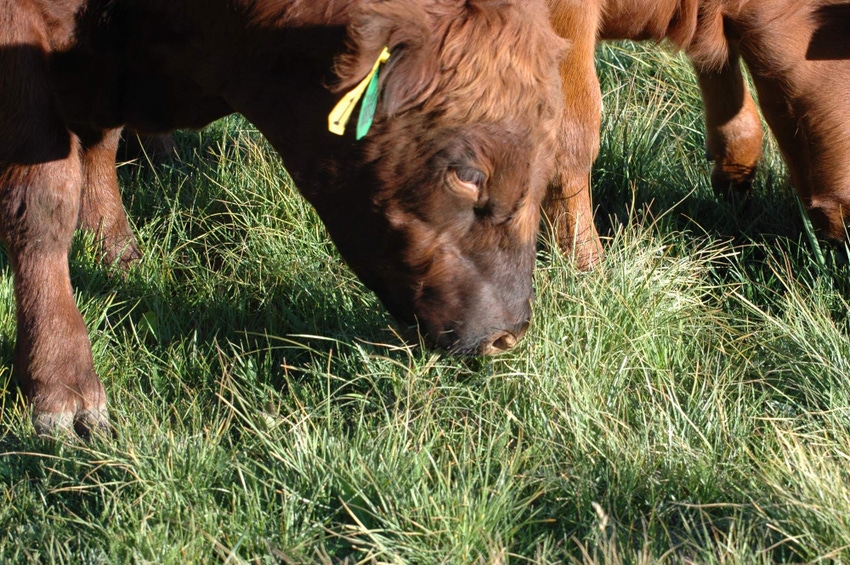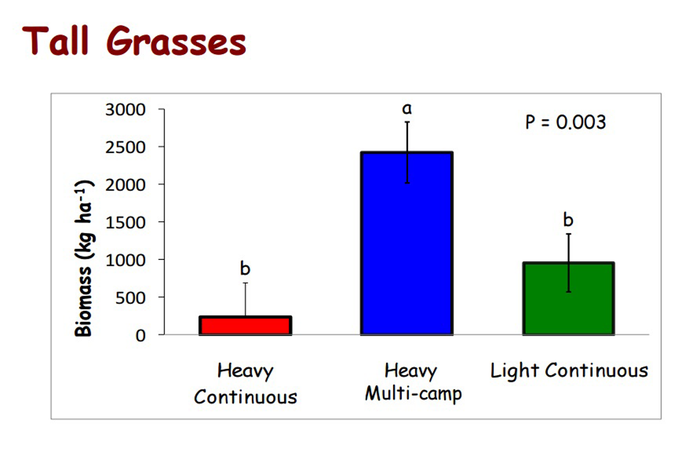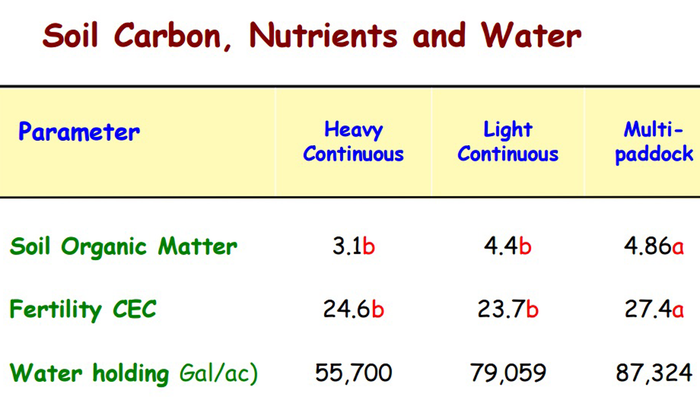Higher stock density is a problem solver
There are few grazing problems which can't be solved or at least improved upon with the application of higher stock density.

Lately I've been reading a group discussion on weeds in pastures, cows not eating weeds, burning for weed control and several other almost-related rabbit chases on one side or the other. The answer to all this and more is higher stock density grazing.
In most cases, when stock density gets high enough, cattle will sample or eat most "weeds," many of which they will later eat again or continue to eat to their benefit. No special "training" required, just high stock density and the competition it creates among herd mates.
Stock density is the measurement of the amount of animals placed into one area, such as a paddock, for a given timeframe. Normally, this applies to managed grazing, but set-stocked cattle also have a stock density—essentially it is the annual stocking rate.
The measure of stock density is most often given in total pounds of animals per acre.
Uneven grazing or spot grazing can always be improved by increasing stock density. This is an expression of selectivity by the animals, like a kid eating only the ice cream from a food bar. They have more nutritional wisdom than we humans seem to have left, but they get in bad habits the same as we do. Crowding and competition seems to make them bite more plants with less choosiness.
Poor species composition in a pasture is a sure sign cattle are grazing selectively, thereby favoring the plants you may not want, and certainly ignoring plants that are old and rank, or just not on their list of favorites.
Single-species domination, such as a near monoculture of little bluestem or on a buffalo grass flat, can often be changed to higher-successional condition with very high stock density grazing, particularly when coupled with long rest periods that allow higher-quality forage species to creep in. An exception to this is fescue monocultures along a corridor of a couple hundred miles north and south of I-40, which tends to become bigger and meaner with long recovery periods. The endophyte suppresses growth of mycorrhizal fungi, which are vital to development of warm-season, multi-species stands of forage.
In the northern climates, graziers often find they can use high stock density grazing and longer recovery periods to increase the amount of warm-season grass in their pastures, and thereby the quality and productivity of the forage.

Also, if you are operating at a traditional, low stocking rate, you can increase forage utilization and improve forage recovery and root depth and quality by increasing stock density and thereby increasing recovery periods. The two are linked. Your forage will get denser, taller and the species composition will improve so you have higher quality for longer periods.
If you feed too much hay, part of the solution is higher stock density, longer recovery periods and growing more grass. This may not seem like it, but it's the same problem as having droughty pastures. Short grass makes short roots and the combination shortness doesn't feed the underground life very well, so they can't do their part to share nutrients with the plants. Also, you need more leaf material up in the air to capture more sunlight and produce more photosynthetic sugars.
Running out of grass is the same problem we just addressed, and again the answer is higher stock density, longer recovery periods and thereby growing more grass. It's unlikely there is a ranch anywhere in the world that couldn't simply go straight to high-stock-density grazing and have forage left over at the end of the first year (unless it is massively overstocked).
Poor soil quality results from overgrazing and set-stock grazing, which actually has been decreasing soil organic matter for thousands of years, on every continent. The solution is to re-create the pulse grazing of large herds of ruminants that roamed the landscape. Scientists are now proving that higher stock density managed grazing can increase soil health much faster than grazing wherein cattle are moved much less frequently to fresh forage, and at much lower stock density.
Again, increasing stock density has been shown to increase soil life, soil quality and forage quality at a much faster rate, while still being the most economically rewarding method of grazing. You can read the study from Texas and from Mississippi to learn more.
About the Author(s)
You May Also Like


.png?width=300&auto=webp&quality=80&disable=upscale)
